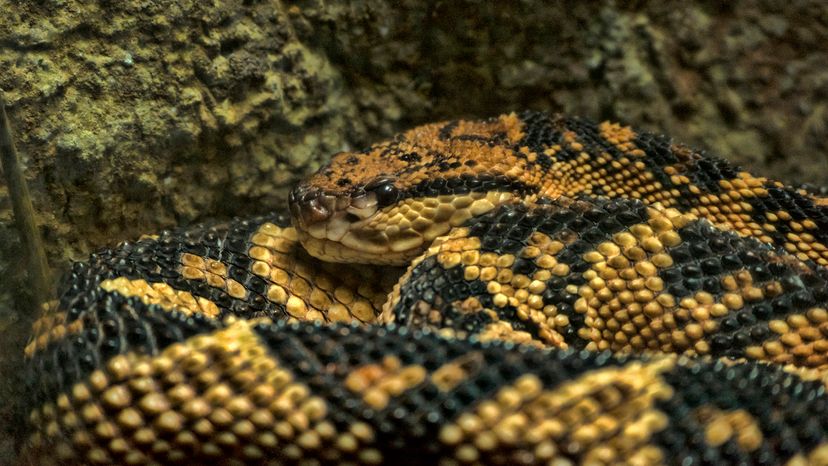
The bushmaster snake, belonging to the genus Lachesis, is one of the most remarkable and intimidating reptiles in the Western Hemisphere. As one of the longest and largest venomous snakes in the world, the bushmaster has earned a fearsome reputation.
Found in the dense forests of Central and South America, these snakes are elusive and rarely seen, adding to their mystique.
Advertisement
Despite their size and potency, bushmasters are secretive snakes that prefer to avoid humans. They play a crucial role in their ecosystems, helping to control populations of small mammals and other prey.